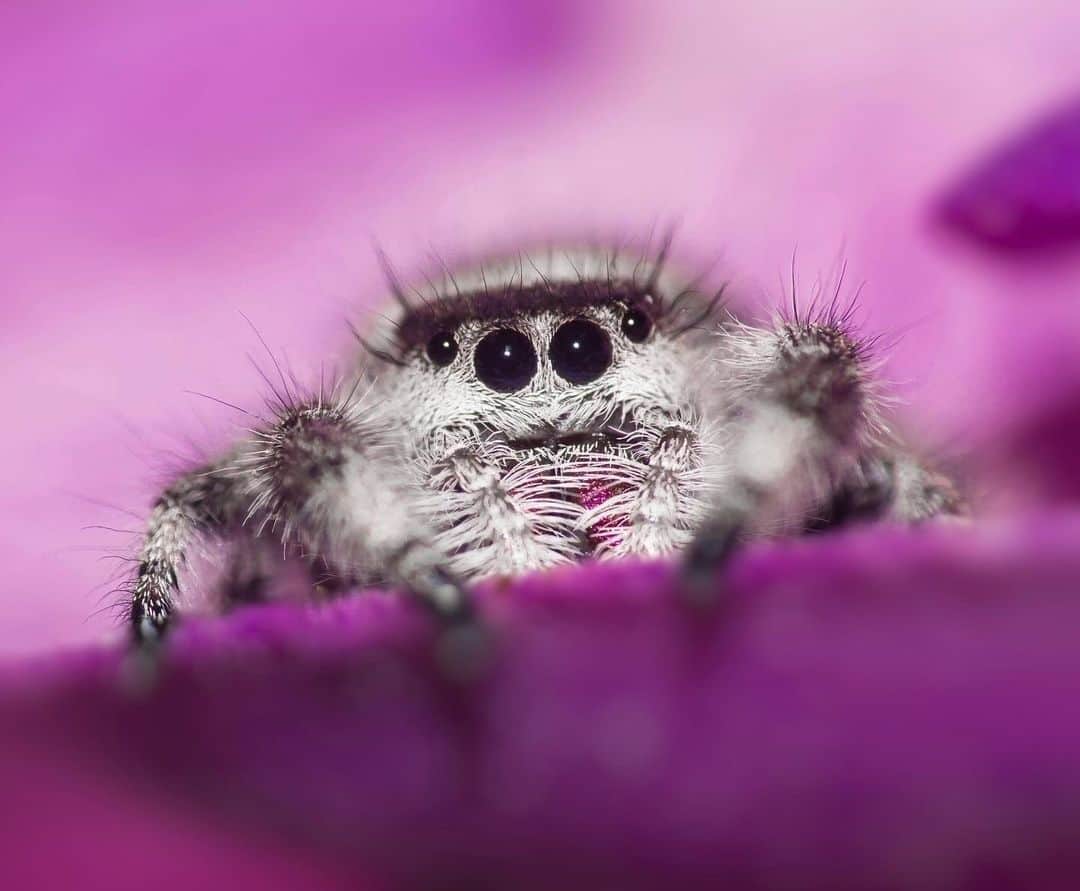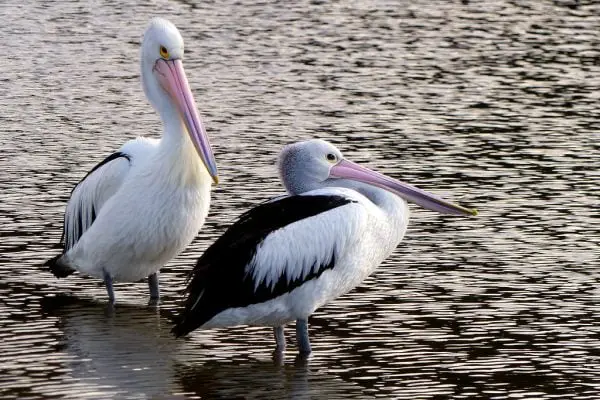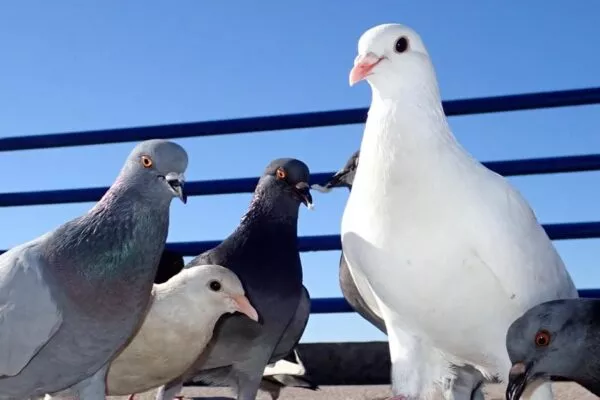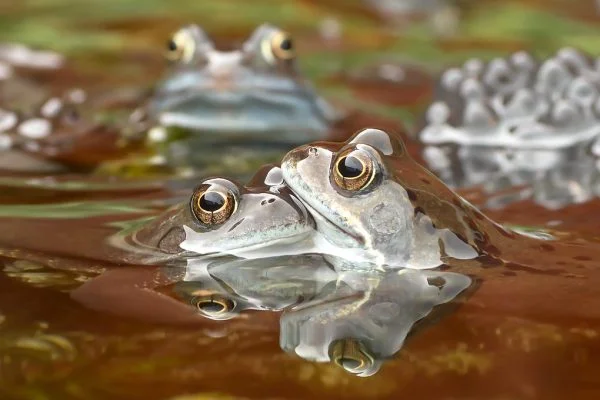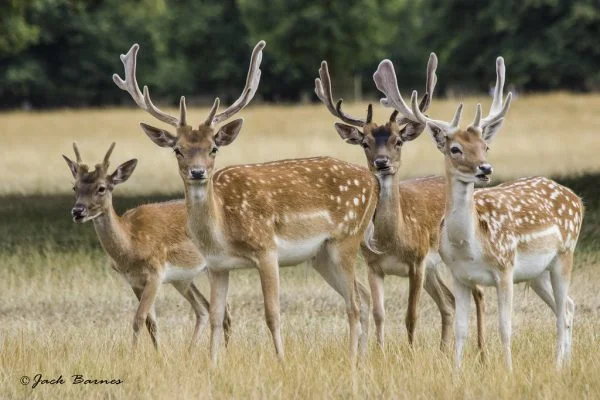Spiders, with their eight-legged grace and intricate webs, spark a wide range of emotions in humans – from fascination and admiration to fear and revulsion. These intriguing creatures, often shrouded in mystery, lead complex lives that extend far beyond their solitary image. Beyond their fascinating biology lies a captivating facet of language – the diverse collective nouns used to describe them, offering a glimpse into their social behavior and the intricacies of their world.
Collective Nouns for Spiders
Unlike some animals with singular collective nouns, spiders boast a diverse vocabulary, each term reflecting the specific context and the group’s social dynamics or the way they live:
- Cluster: This widely used term signifies a large group of spiders gathered together, often in close proximity. It evokes a sense of abundance, potential danger (depending on the perspective), and the interconnectedness of these creatures within a specific space.
Example: As I ventured into the dimly lit attic, a cluster of spiders emerged from the shadows, their glistening eyes reflecting the faint light. Their sheer presence, while unsettling, highlighted the vital role they play in controlling insect populations within the house.
- Colony: This term emphasizes the cooperative and interdependent nature of certain spider species. It evokes a sense of shared responsibility, collective purpose, and the intricate social structure established within these colonies.
Example: Deep within the hollow of an ancient oak tree, a colony of social spiders thrived. Their elaborate web, meticulously woven by the collective effort of multiple individuals, served as a testament to their remarkable cooperation and efficiency in hunting prey.
- Web: While not strictly a collective noun in the traditional sense, “web” can refer to a group of spiders inhabiting a single, shared web. It evokes a sense of intricate design, collective endeavor, and the shared purpose of utilizing this ingenious structure for capturing prey.
Example: In the serene morning light, a glistening web adorned with morning dew stretched across the garden fence. Upon closer inspection, a small community of spiders could be seen meticulously maintaining their intricate structure, highlighting the collective effort involved in this ingenious hunting strategy.
Interesting Facts About Spiders
Understanding these collective nouns deepens our appreciation for the complexities of spider societies and the vital role they play in the ecosystem:
Masters of the Hunt: Spiders are predatory creatures with exceptional hunting skills. Their webs, diverse in size and design, serve as intricate traps for unsuspecting prey, contributing to the natural control of insect populations.
Masters of Adaptation: Spiders exhibit remarkable adaptability, thriving in diverse environments ranging from tropical rainforests to arid deserts and even urban landscapes. This adaptability allows them to play an essential role in maintaining ecological balance in various ecosystems.
Facing Threats: Despite their ecological significance, spiders face various threats, including habitat loss, pesticide use, and climate change. Raising awareness about their importance and adopting sustainable practices is crucial for ensuring their continued existence.
Fascinating Diversity: From the tiny jumping spider with its impressive leaps to the massive Goliath Birdeater, the largest spider species by mass, spiders exhibit remarkable diversity in size, appearance, and behavior. Understanding this diversity fosters appreciation for the richness and complexity of the natural world.
Final Thoughts
From the swarming “cluster” in the attic to the meticulously woven “web” glistening in the morning dew, the diverse collective nouns for spiders offer a glimpse into their multifaceted lives and enduring presence in our world. By appreciating these terms, understanding the fascinating world of spiders, and addressing the challenges they face, we can foster a deeper respect for these intricate creatures and the vital role they play in the intricate tapestry of life.
Also Read:

